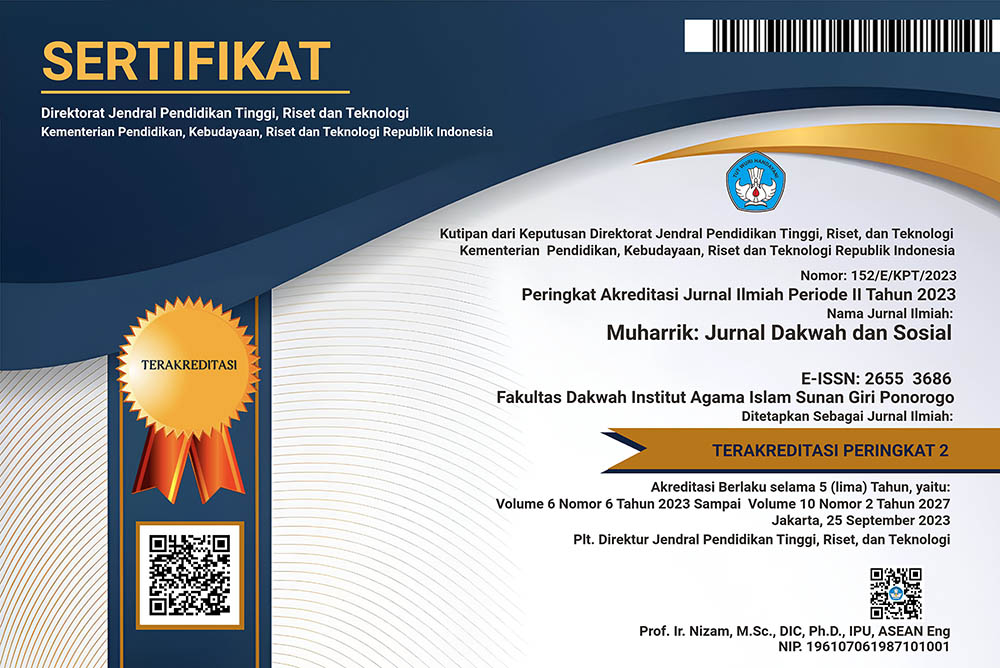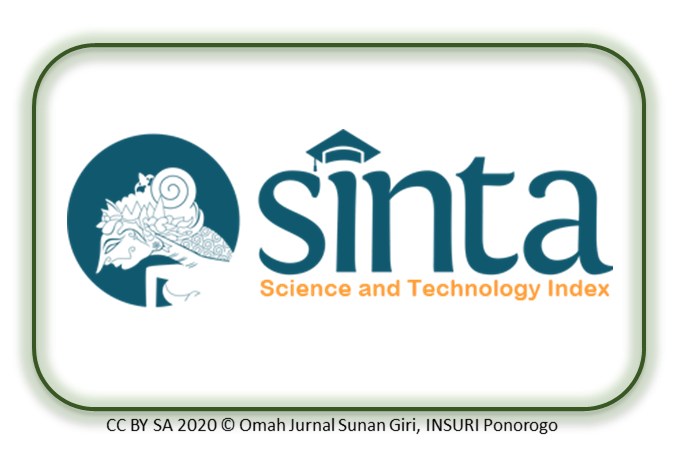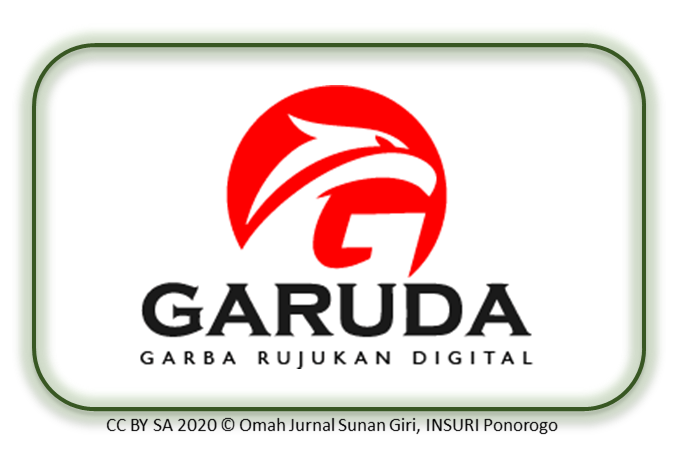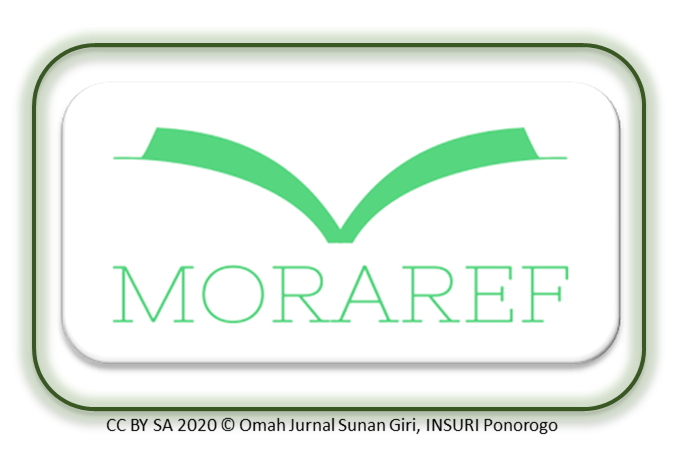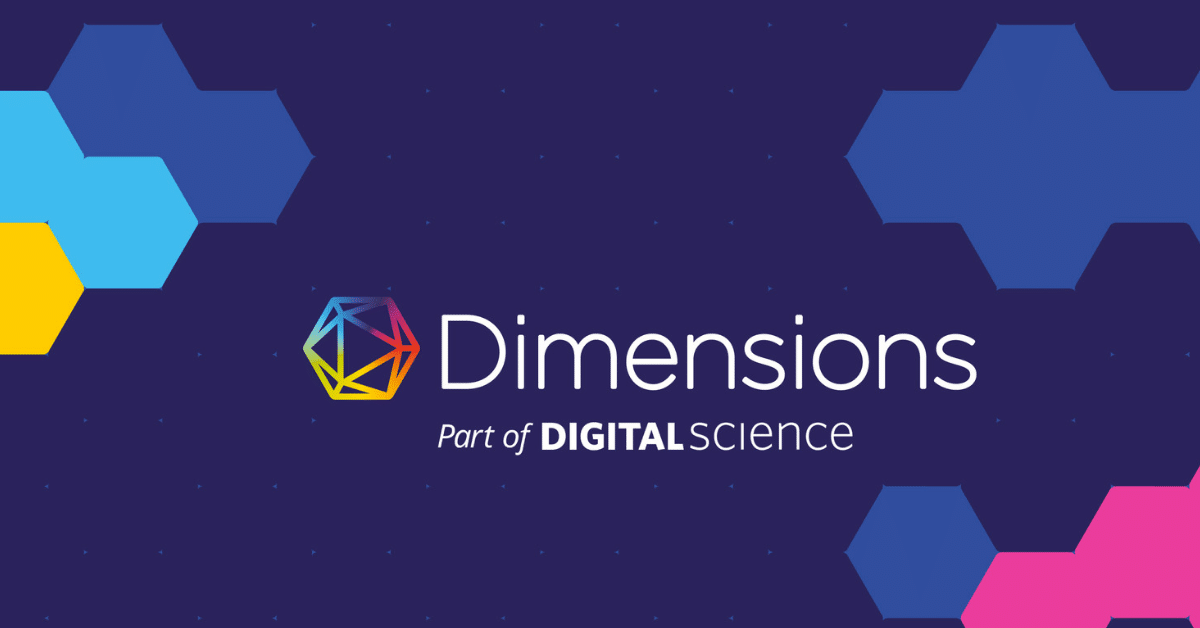Dalihan Na Tolu in Da'wah Communication: Strengthening Social Cohesion in Panyabungan, Indonesia
DOI:
https://doi.org/10.37680/muharrik.v7i2.5809Keywords:
Da;wah Communication, Social Cohesion, Dalihan Na ToluAbstract
This research explores applying Dalihan Na Tolu cultural values in da'wah communication in Panyabungan. The approach is qualitative, with data collection through in-depth interviews, observations, and document analysis. A total of 10 informants were selected purposively based on their knowledge of Dalihan Na Tolu culture and their involvement in da'wah. This study uses thematic analysis as the main approach for data analysis techniques. Data from in-depth interviews, participatory observations, and document analysis will be encoded to identify important themes from applying Dalihan Na Tolu in da'wah communication. Triangulation of sources and methods is carried out to verify the validity of the data by comparing information obtained from various data collection techniques. The study results show that integrating Dalihan Na Tolu values, such as holong maroban domu (affection for unity), increases the effectiveness of delivering da'wah messages, as seen from the increasing participation of pilgrims in religious activities. In addition, these values also strengthen social ties, despite differences in religious understanding. This da'wah approach based on local culture creates a more inclusive and intimate da'wah atmosphere, making it easier for the people of Panyabungan to receive religious messages. The limitation of this study is that not all religious groups accept local cultural integration in the same way, especially those with more exclusive religious views. Therefore, these findings need to be understood as one of interpretations with room for further research in various contexts.
Downloads
Downloads
Published
How to Cite
Issue
Section
License
The author(s) retain/s the copyright and grant/s Muharrik: Jurnal Dakwah dan Sosial the first publication rights licensed under the Creative Commons Attribution-NonCommercial 4.0 International (CC BY-NC 4.0) , which allows others to access (search, read, download and quote), share (copy and redistribute the material in any media or format) and adapt (mix, modify and develop) works for legitimate non-commercial purposes, with recognition of the authorship of the work and its initial publication in this journal.

